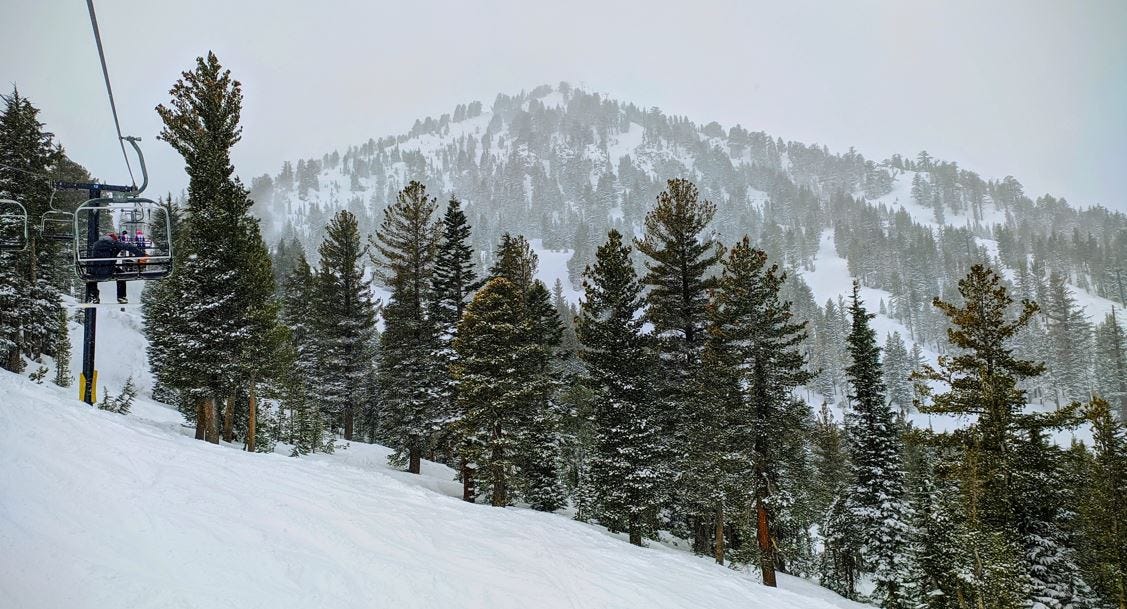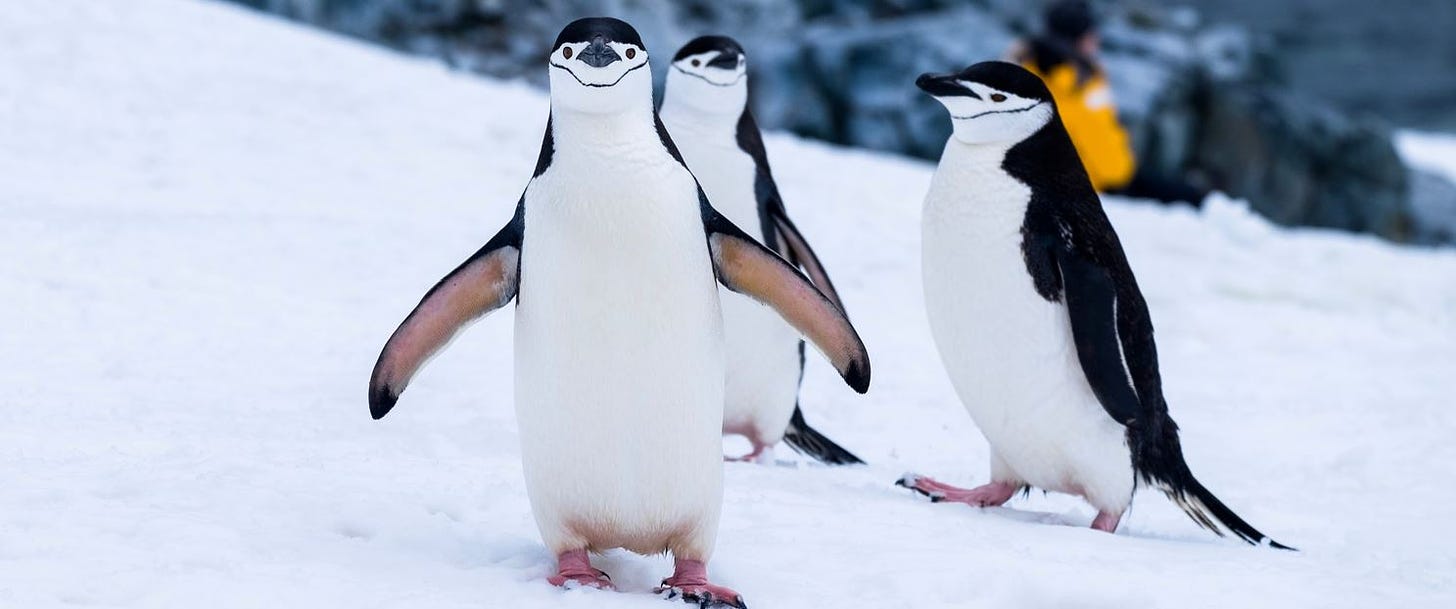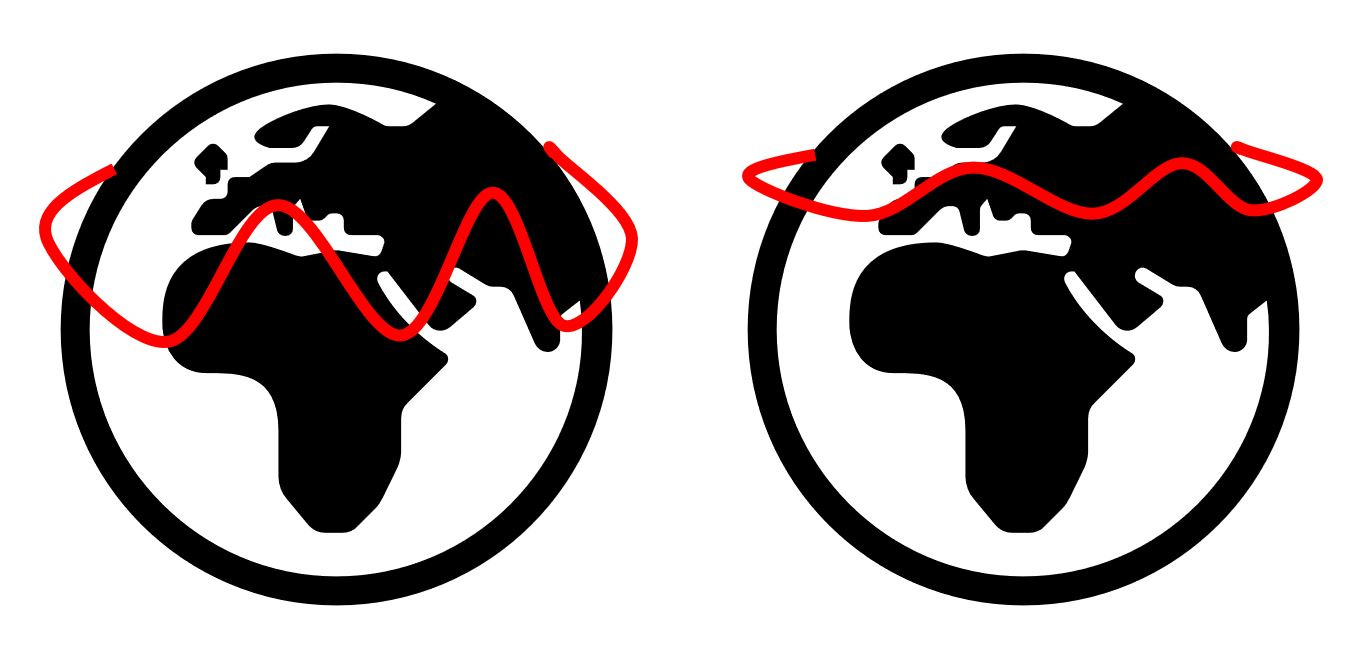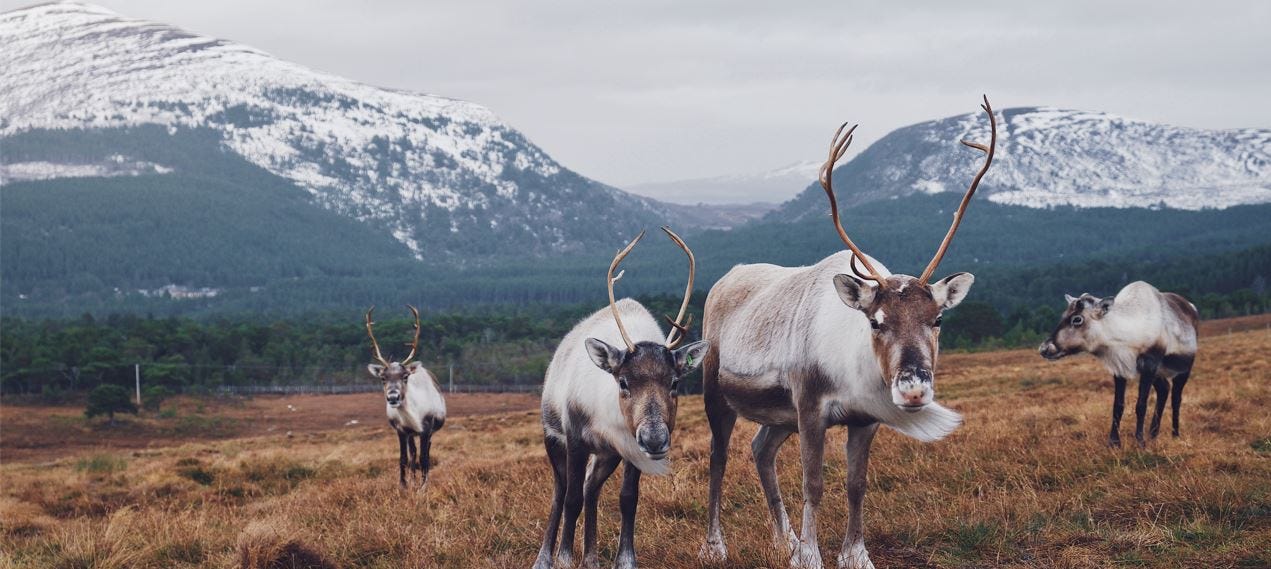‘‘Antarctica recorded its’ coldest ever 6-month period between April and September this year, continuing the 40-year cooling trend over the vast majority of the continent.’’
Time for my seasonal round-up of weather reports from the northern hemisphere this autumn (or springtime for those in the southern hemisphere).
An imbalance in weather reporting has, in my opinion, reinforced in many the impression that it is just fire and brimstone from here on out as we accelerate towards our impending climate catastrophe born of cow farts and coal mines. So as ever with my seasonal weather reports, I deliberately focus on those stories that emphasize the colder end of the spectrum.
And don’t forget to check out my previous weather reports from 2021;
USA
At the end of September and into early October, Alaska started to brace under unseasonable cold weather. King Salmon Airport saw a September monthly low of below -10 degrees Celsius, breaking a record dating back 80 years.
Fairbanks broke daily snowfall records in early October with accumulations among the highest on record, according to the National Weather Service (NWS). For example, an almost 6 inch accumulation over a two day period was the 6th highest on record for that early in the season.
The Seattle area witnessed cold conditions in October. According to the NWS, a record daily minimum temperature that had stood since 1946 was broken at Tacoma International Airport as the thermometers registered just over 3 degrees Celsius.
An average daily temperature minimum of 6 degrees Celsius was recorded in Seattle setting another record which had previously been set all the way back in 1899. According to the NWS, this marked the coldest day Seattle had ever seen during the first two weeks of October.
Further inland within the state of Washington, Pullman suffered its coldest October 13th on record with a low of 6 degrees Celsius beating the record that had stood for more that half a century.
Many ski resorts opened earlier due to unusually high snowfalls across North America (and elsewhere). California’s Mammoth Mountain resort opened around a month earlier than usual, with similar early openings across resorts in Colorado. Colorado’s snow-pack was standing at around 340% above the median on October 20th, with some areas at more than 1,600% above the norm.

Arctic air descended across North America in early November, with the NWS announcing that more than 100 million Americans were under cold weather warnings, freeze, or frost alerts.
The temperature dropped to as low as 16 degrees below the norm in the eastern half of the continent. A number of record lows were broken including in the states of Pennsylvania, New Jersey and Delaware, some having stood for almost a century.
Washington D.C. experienced its coldest first week of November in almost a decade, with its average temperature being just 9 degrees Celcius, more than 5 degrees below the norm (while interestingly the previous month of October finished, on average, 5 degrees above the norm).
Europe
As early into the autumn season as September, the UK was experiencing freezing low temperatures and rare snow in some parts (following an unusually mild period). Snow was seen at higher elevations such as Ben Nevis and the Cairngorm mountain range in Scotland.
In mid-October, Sweden registered a foot of snow which prompted the weather service to issue a class one warning in the north of the country.
As reported by mkweather.com a total of 9 meteorological stations across Sweden and Finland reported morning minimums in the -20 to -25 degrees Celsius range, Scandinavia’s coldest October temperatures for 15 years.
October lows were recorded in Latnivaara, Sweden at -23.5 degrees Celsius, Nikkaluokta, Sweden, at -23 degrees Celcius, and Salla, Finland at -21.5 degrees Celcius.
China
In the middle of October, Beijing conditions dropped to freezing twenty days earlier than usual which represented the capital city’s lowest October temperature in more than half a century.
Towards the end of the month, Hong Kong International Airport fell to below 17 degrees Celsius, the second lowest temperature ever recorded. Nearby in Tai Moh Shan Peak the temperature fell to below 10 degrees Celsius, the earliest it has done so since 1997.
An early November cold snap impacted much of China as places including Beijing, Tianjin, Hebei and Inner Mongolia saw their first snowfalls of the season in what was described as the earliest and most widespread in a decade.
Snowfall records were also broken across Heilongjiang and Liaoning provinces. As reported by the bignewsnetwork.com, the capital city of Liaoning Province, Shenyang, registered the highest snowfall since 1905, local meteorological authorities have confirmed.
Australasia
In mid-October Sydney recorded its coldest October day in 26 years, with temperatures in the Richmond and Penrith suburbs holding below 14 degrees Celsius, reported skynews.com.au.
Western Australia recorded its fifth snowfall of the year in October. An Australian Bureau of Meteorology spokesperson confirmed that the last time Western Australia received five recorded snow events was more than half a century ago.
Into November, and the Tasmanian capital of Hobart experienced its coldest November low in 60 years as the temperature dropped to below 3 degrees Celsius. Kunanyi/Mt Wellington, which overlooks Hobart, bottomed out at -5.8 degrees Celsius, the third coldest November temperature ever recorded in Tasmania.
Melbourne logged its coldest November day since 2007 when a high of just 13.5 degrees Celsius was observed. As reported by weatherzone.com.au, Melbourne’s maximum temperatures during the last four days have held well-below the long-term November average. This was the first time in 167 years of records that Melbourne saw four days below 15.5 degrees Celsius this late into spring.
For the first time in 99 years of record-keeping the capital city of Canberra experienced three days at or below 14 degrees Celsius this late in spring.
Antarctica
Although barely inhabited, Antarctica is nonetheless interesting from a meteorological standpoint, not least given its position as a ‘poster child’ for all things climate-related. There seem to be some unexpected trends occurring on our southernmost continent.
A recent study published by Zu et al (2021) claims that there is a cooling trend in East and West Antarctica, with a warming trend in the much smaller Antarctic Peninsula. Over the past 40 years East Antarctica has cooled by 2.8 degrees Celsius and West Antarctica by 1.6 degrees Celsius.
Antarctica recorded its’ coldest ever 6-month period between April and September this year at -61.1 degrees Celsius, beating the previous 6 month period of -60.6 degrees Celsius set back in 1976.

At the beginning of October, the Vostok base recorded a minimum temperature of -79.4 degrees Celsius! This is just 0.6 degrees higher than the world’s coldest ever recorded October temperature (also in Antarctica).
What does the Winter have in store this year?
An interesting article appeared just a few days ago in British press that highlighted conflicting forecasts from two of the UK’s prominent meteorological institutes. The Met Office is predicting a mild winter, while the BBC’s weather forecasting supplier, DTN, is predicting a much colder season ahead .
This disparity doesn’t surprise me. The year has so far been characterized by quickly changing conditions, with mild conditions quickly flipping to record cold and snowfall such as those that I have highlighted in my weather reviews.
These conditions are symptomatic of the weak solar cycle that we currently find ourselves in. Without a strong and consistent supply of energy from the sun, rather than a firm and flat Jet Stream, known as ‘Zonal flow’, it tends to wobble and buckle, rather like the erratic movement of a spinning top as it loses speed.
This weaker ‘Meridional flow’ can drag colder air masses towards lower latitudes which is itself replaced by warmer, tropical air in higher latitudes. This can give rise to the unseasonable and sometimes extreme conditions that have characterized 2021 so far.

It wouldn’t surprise me, therefore, if both predictions are correct and we get a real mixed bag over Christmas, New Year and start to 2022.
I predict that I will have plenty of record-breaking cold weather episodes to report on in my Winter Weather Review early next year!
Thanks for reading!
-Tristan




